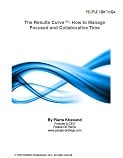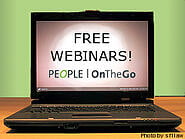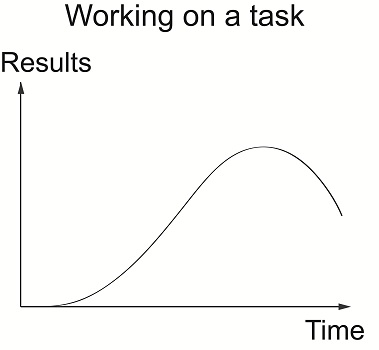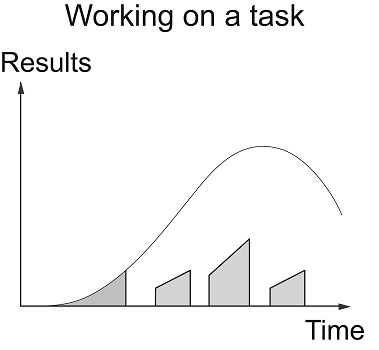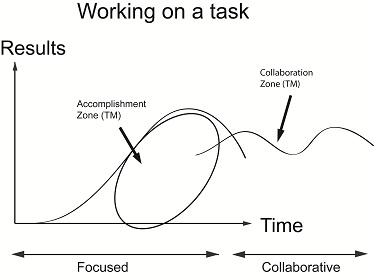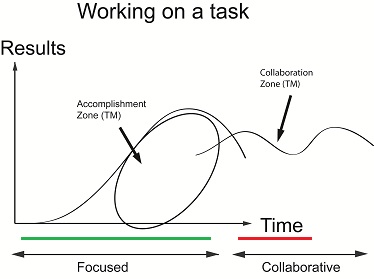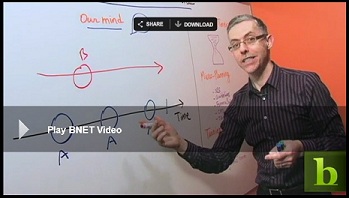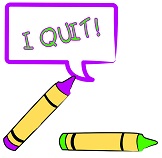 MG Siegler, from TechCrunch, tweeted and blogged recently "What if I just stop responding to e-mail?" The tweet soon became reality. MG decided to stop responding to e-mail for a whole month as an experiment. His frustration with the high volume of e-mail, and the feeling that e-mail has taken over, led to this experiment--which I believe is still in progress.
MG Siegler, from TechCrunch, tweeted and blogged recently "What if I just stop responding to e-mail?" The tweet soon became reality. MG decided to stop responding to e-mail for a whole month as an experiment. His frustration with the high volume of e-mail, and the feeling that e-mail has taken over, led to this experiment--which I believe is still in progress.
MG is not alone in his frustration! This frustration is shared by the majority of the thousands of business professionals that we work with. Our survey showed that on the average, the 1000 survey respondents spend 3.27 hours per day on e-mail. One of our workshop participants described it as "e-mail jail."
While MG's boss at TechCrunch may find that MG quitting e-mail is "interesting" and can lead to potentially great content for TechCrunch, you and I may suffer different consequences. Our bosses and clients may just fire us!
However, don't go to despair just yet! I am going to show you how you can quit e-mail too. This is like quitting e-mail for the rest of us.
You can quit e-mail too and let me show you how
Let us start by examining how our results change with time when we are working on a task. when we start to work on a task, we start to produce results, and then as we continue to work on that task, we produce more results. This continues until eventually the flow of results begins to level off and start to diminish:
What happens in reality though is that after we spend a few minutes on a task, we get interrupted, and our results go down to zero. This happens again and again so that our actual results rarely if ever reach the results curve shown above. Instead, we live in this low-productivity constant-interruption state depicted in the shaded areas below:
To remedy this situation, we need to stay focused long enough, before we switch tasks. How long is long enough? This depends on the task and it is a moment by moment decision we need to make depending on the task that we are undertaking next. If the task is strategic and important, my recommendation would be 40 minutes. Then switch and be collaborative. The results curve then looks like this:
All you have to do: Quit e-mail for 40 minutes
So if you don't have the luxury of quitting e-mail for a whole month, how about something much more attainable and sustainable, and more revolutionary in its impact on your productivity. All you have to do is quit e-mail for 40 minutes at a time, in other words creating e-mail free zones (shown in green below), and then handling e-mail right when you get into the collaboration zone, creating e-mail-dedicated zones (shown in red below).
Let us not "throw out the baby with the bath water." Let us take control by creating these e-mail free-zones and e-mail dedicated zones.
Stay tuned for more ways in which you can "quit" e-mail!
Additional Resources
-
40 minute fous for breakthrough results (3 minute video)
-
The Results Curve(TM): How to Manage Focused and Collaborative Time (free download, Amazon booklet)
-
Our upcoming Inbox Freedom online live workshop
PS: After reading Lynda's article about Exclamations marks, I tried to limit them in my article above, but still had more than two! I will try harder next time Lynda.




